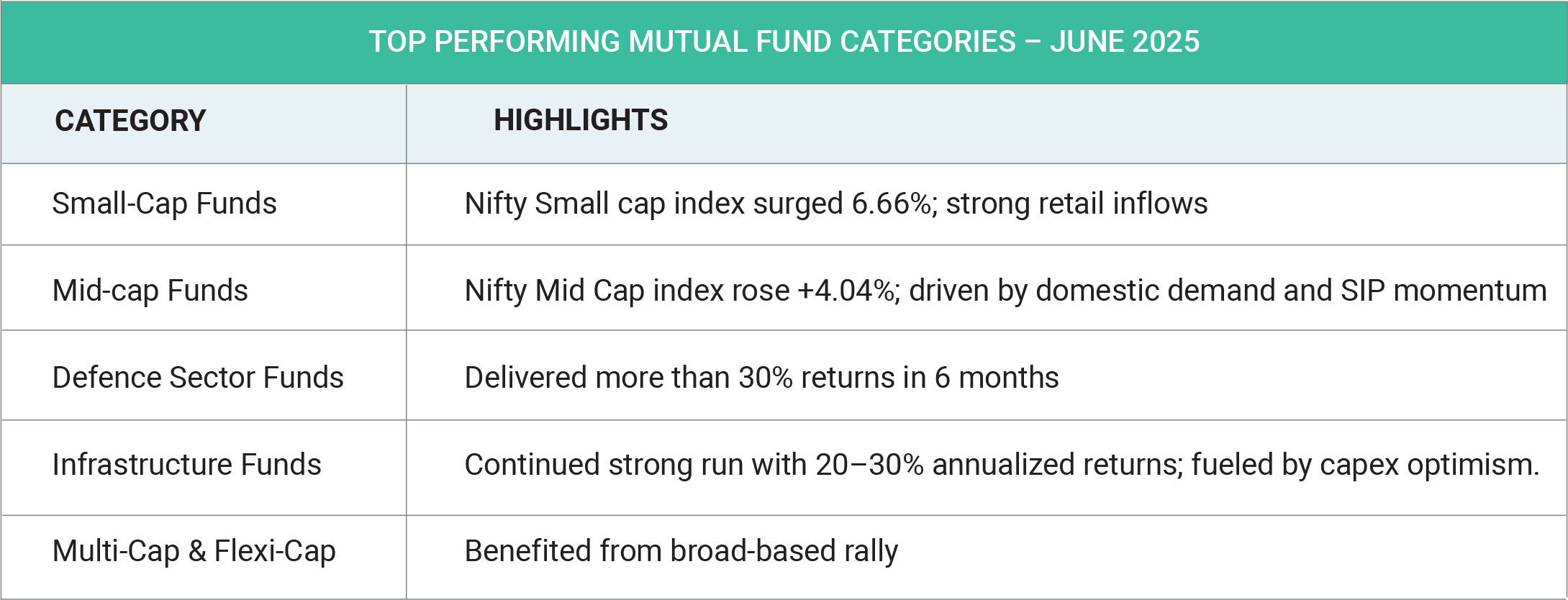In June 2025, the Indian rupee underwent a turbulent yet ultimately resilient journey, beginning the month under heavy pressure before staging a notable recovery. Initially, the rupee weakened sharply, falling from around ₹85.60–₹85.70 per U.S. dollar to a low of ₹86.74 by June 19—its weakest in over a month. This decline was fuelled by sustained foreign portfolio investment (FPI) outflows from Indian debt markets exceeding ₹25,000 crore, triggered by global risk aversion and shrinking interest rate differentials between Indian bonds and U.S. Treasuries. Escalating geopolitical tensions in the Middle East, particularly between Israel and Iran, further spooked markets, pushing Brent crude oil prices above $81 per barrel. As a major oil importer, India faced heightened concerns over inflation and current account pressure, compounding the rupee’s weakness. Simultaneously, a strong U.S. dollar—buoyed by hawkish Fed commentary and firm U.S. economic data—amplified the rupee's depreciation. However, the tide turned in the second half of the month. Geopolitical risks subsided following ceasefire developments, while Brent crude corrected by nearly 12% to under $68 per barrel, alleviating inflation fears. The resulting improvement in risk appetite bolstered emerging market currencies, including the rupee. Softening U.S. economic data also raised hopes of a Fed rate cut, weakening the dollar and aiding the rupee’s rebound. Domestically, buoyant equity markets and renewed FPI inflows supported foreign exchange reserves. The Reserve Bank of India played a stabilizing role by selling dollars strategically and managing forward positions without draining reserves. By June 27, the rupee recovered to ₹85.49, up 1.1% from earlier lows, closing the month about 0.43% stronger. Though still among Asia’s weaker performers, the rupee’s rebound reflected India’s macroeconomic resilience and effective currency management amid ongoing global volatility.

The Indian debt market in May 2025 reflected a nuanced interplay of domestic strength and global headwinds. While profit-taking and rupee volatility triggered heavy selling in index-linked (FAR) bonds, the broader market sentiment remained resilient, thanks to late-month FPI inflows into General Debt, RBI liquidity support, and softening yields. Demand for high-quality corporate and green bonds in the primary market further underscored investors’ confidence in India's long-term fundamentals. Going into June, debt market participants will be watching the RBI’s policy stance, currency stability, and global rate trends, which will be crucial in sustaining momentum across segments.

